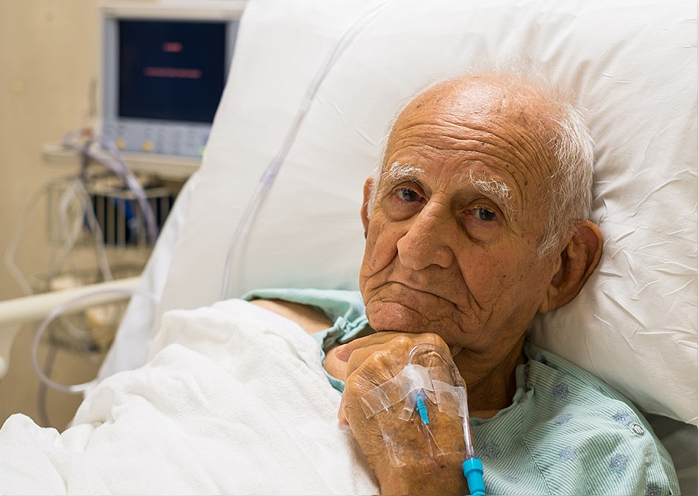
A significant unmet clinical need, patients with severe TR struggle with poor quality of life, are frequently hospitalized and have a greater risk of mortality.
The patient population are mostly elderly, suffer from fatigue, limited exercise tolerance, peripheral oedema and abdominal swelling. Managing these symptoms require frequent hospitalisations and severe TR has been shown to have a 4-fold increase in mortality.
Due to significant co-morbidities, less than 1% of patients receive surgical treatment. For most patients, the only option is medical therapy to achieve temporary reduction in volume overload.
Therefore, there is a clear need for a minimally invasive treatment option. However, this solution needs to consider the unique challenges of the tricuspid valve. These challenges are the frailty of the right heart tissue, nearby critical structures, imaging difficulties and progressive nature of the disease resulting in significant annular dilation and massive or torrential TR when patients are symptomatic.
